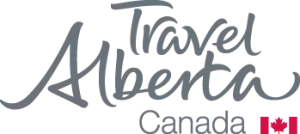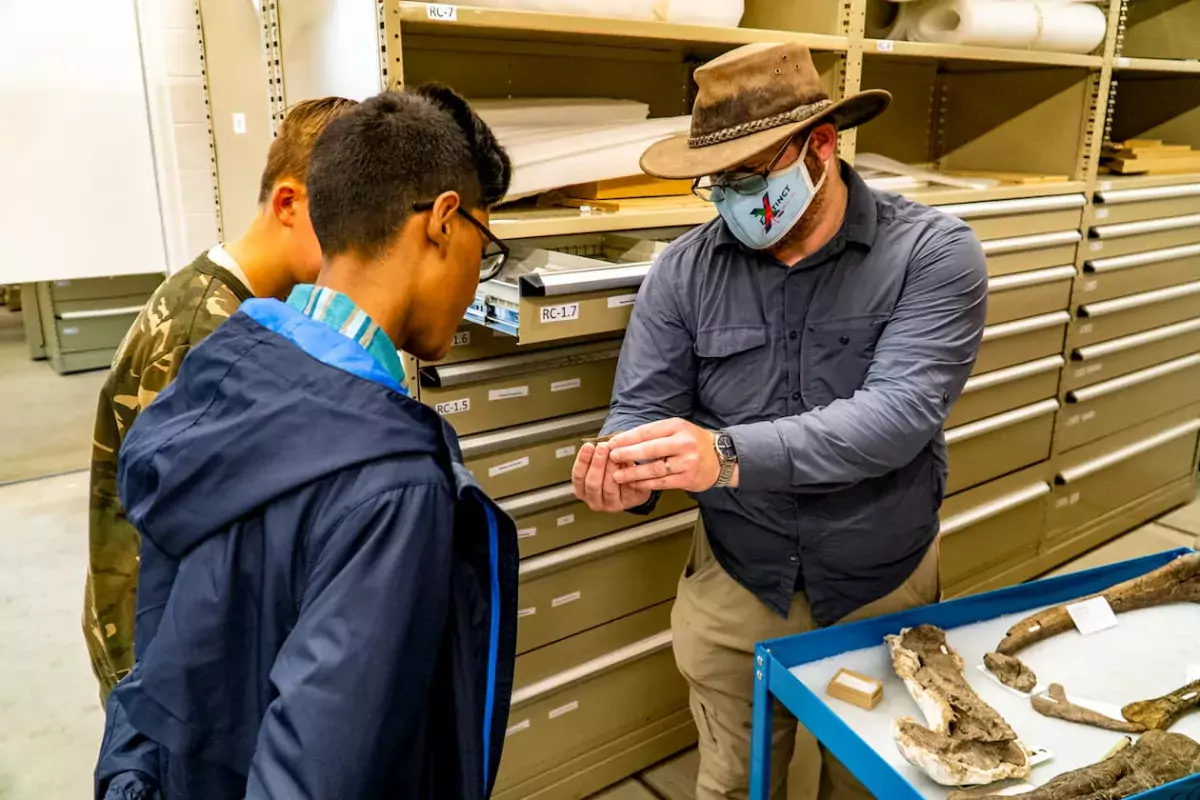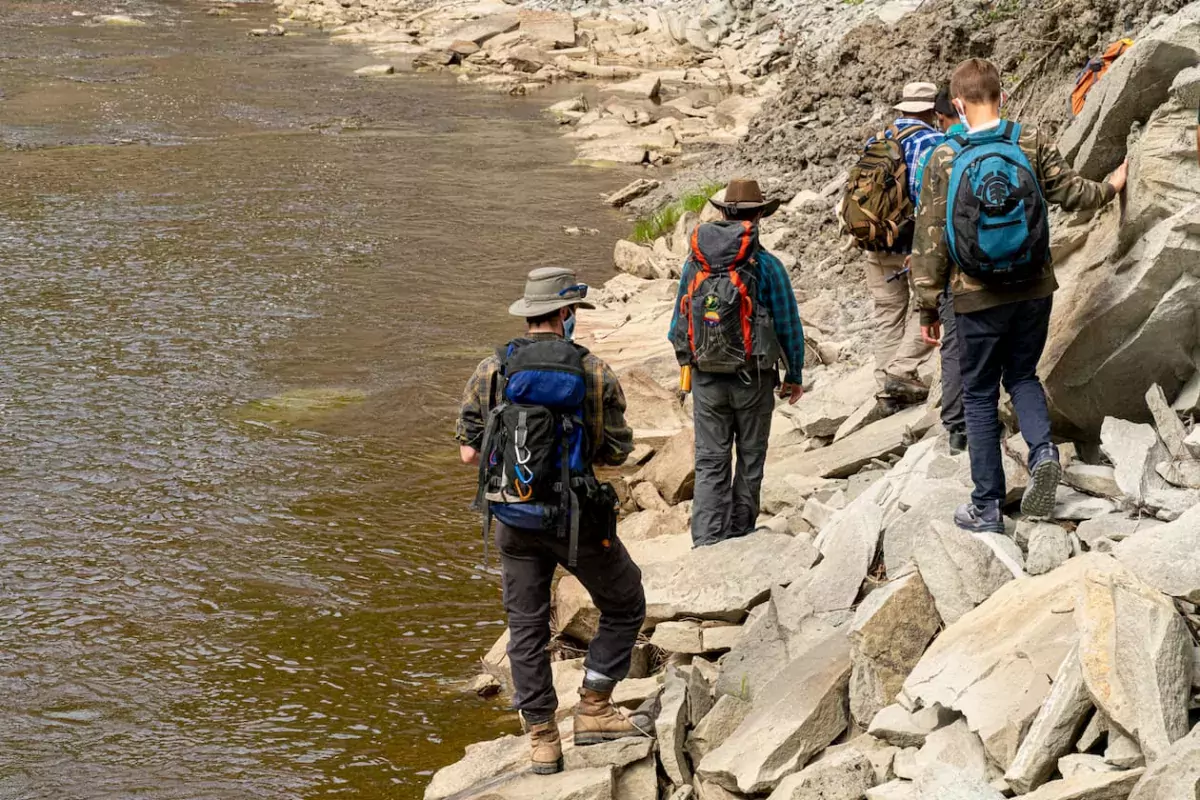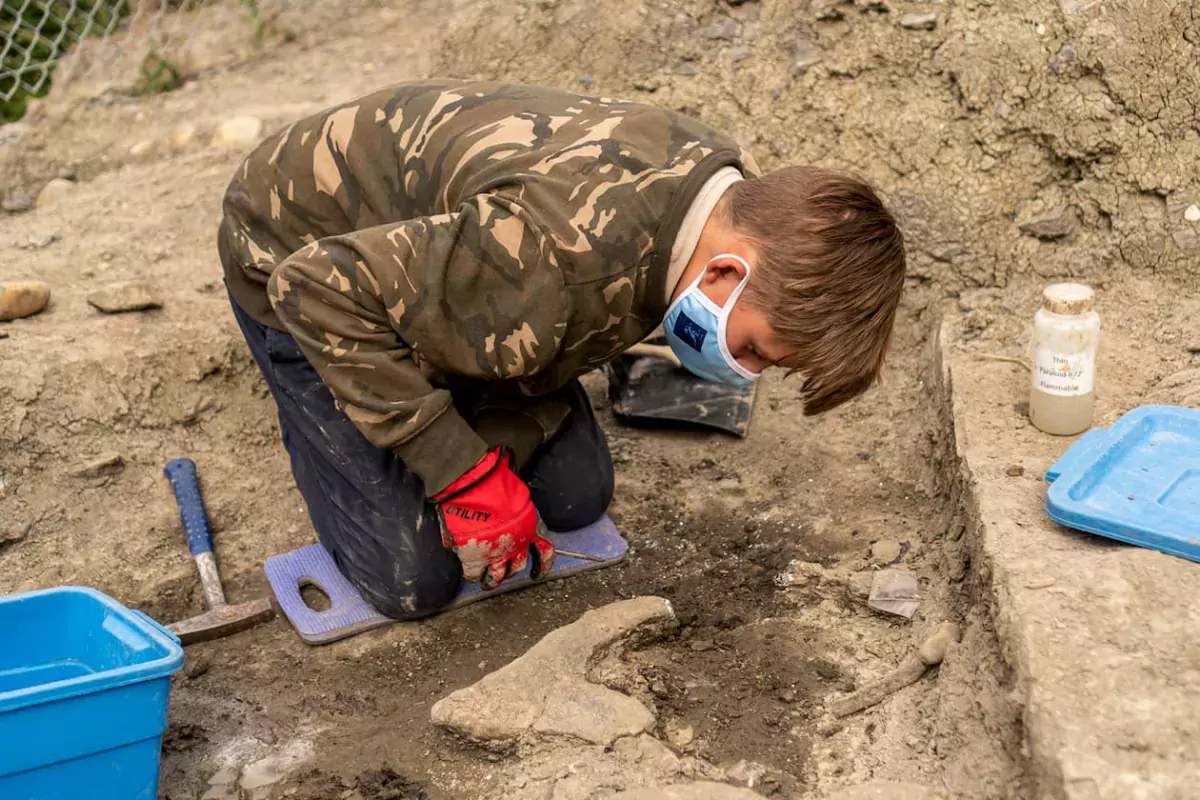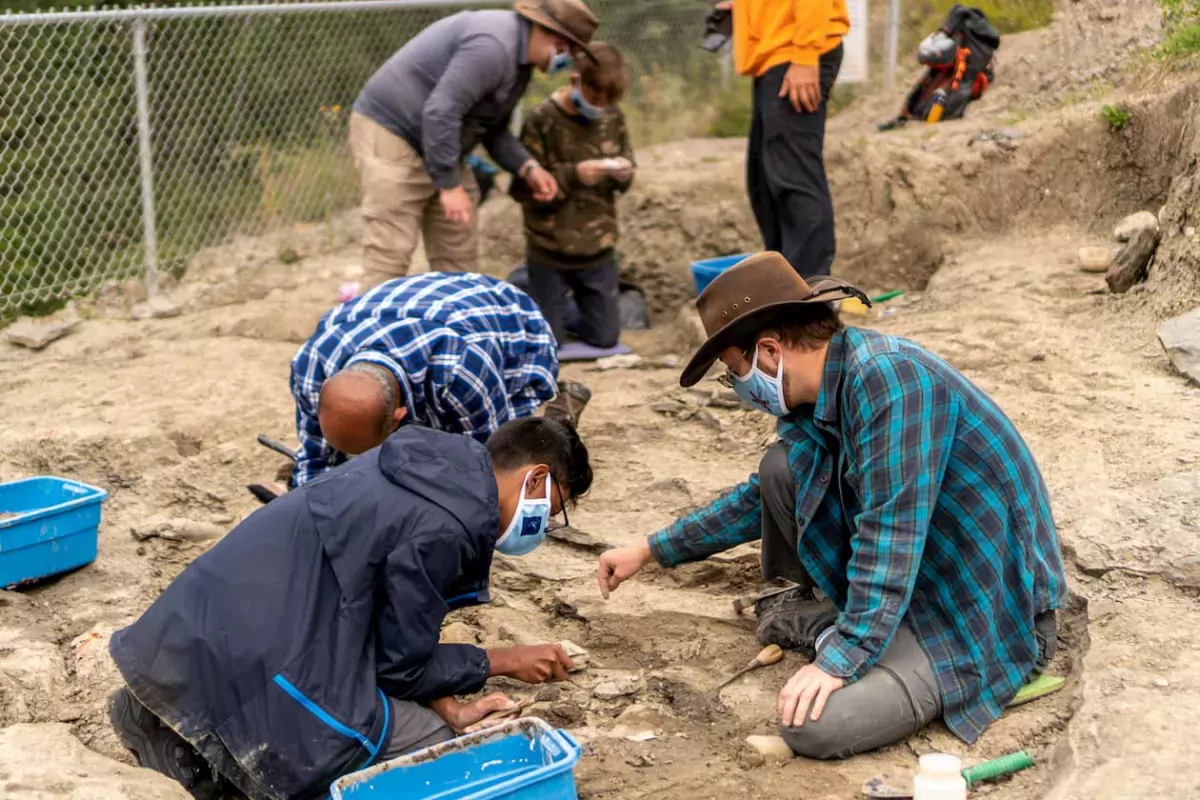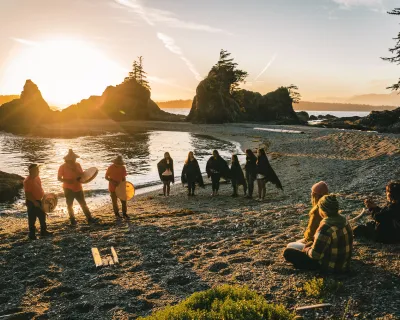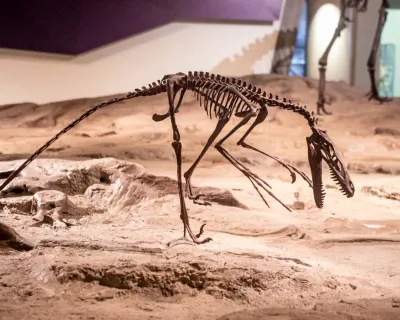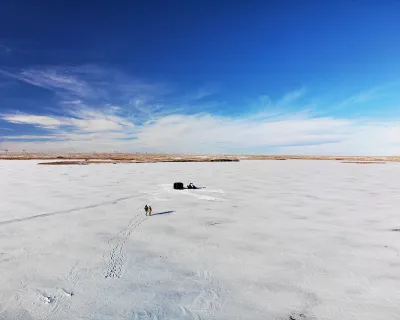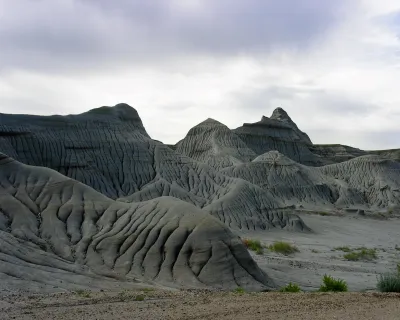Be a dinosaur fossil hunter for a day at the Currie Museum Bonebeds
#ExploreNWAB
On a normal summer day, enjoying his passion for dinosaur fossil hunting in the valleys and river bottoms of the Pipestone Creek near Grande Prairie in 1974, Al Lakusta unearthed something that would transform the landscape of paleontology in Alberta. His discovery of one of the most massive fossil beds would put the Peace Region in northwestern Alberta on the dinosaur map.
In fact, his discovery is now considered one of the densest fossil beds in the world. The fossils were found in a mass death site of dinosaurs that, eventually in 1980, would be named after Lakusta, Pachyrhinosaurus Lakustai, translated from Greek as a “thick-nosed lizard.”
The fossil bed, also nicknamed the River of Death, was so significant to the science community that Canada’s newest dinosaur museum was built nearby in the town of Wembley. The Philip J. Currie Dinosaur Museum opened in 2015, named after the lead paleontologist from the Royal Tyrell Museum who brought Lakusta’s discovery to the world.
Fast forward to today and more than 3,000 specimens have been excavated from the bonebeds near Grande Prairie with 37 unique individual pachyrhinosaurus identified. The museum has become a major centre for international research, education and community programming.
The distinct approach to education at the Philip J. Currie Museum’s is done through its innovative community engagement. This is where my experience would start. I was blown away as our group of visitors dove deep into the world of dinosaurs in a truly remarkable hands-on experience.
Being a Paleontologist For a Day, you might think would be a guided tour or a walk-and-listen activity. What Chris Dsouza, along with his son Jason and friend Drake, quickly found out as did I was that this would be so much more.
We literally felt like we were getting the Jurassic Park tour with Dr. Hammond. Only this time it wasn’t Dr. Hammond but rather paleontologist Derek Larson and researcher Jackson Sweder as our guides, mentors and excavation colleagues. We were actually going to dig fossils out of the bonebed discovered in 1974.
Our day started with a tour of the fossil lab and museum. A full-size replica skeleton of the Pachyrhinosaurus gave us a better understanding of what we would soon be digging. Jason and Drake were enthralled as Larson showed them hundreds of specimens in the fossil room. Chris and I were equally excited because, well, dinosaurs captivate people of all ages.
Our dino crew was then handed the tools of the trade to become fossil hunters like Al Lakusta over 40 years ago. All loaded up, we headed down to the Pipestone Creek, a 20-minute drive away from Grande Prairie and then a short hike in along the creek banks.
On site, the first order of business was to lift the protective tarp. Once removed it revealed the open excavation site and we got our first glimpse of the large intact fossils. Jason’s eyes lit up and I could see he couldn’t wait to get hands-on and dirty with fossils. His passion in life is dinosaurs, which was obvious as he told us stories of the many dinosaur trips he's taken.
Larson and Sweder were amazing as guides, providing the skills needed to excavate the fossils. “Sweep up the stones,” “Don’t take off too much” and “Gently scrap here,” were repeated often. We were also able to ask any questions of our dinosaur experts.
Chris really got into his work excavating the spot Larson assigned to him. He had a tough task ahead of him as fossils were literally stacked upon one another. While hard at work Chris asked Larson about the site. “The bonebed is over 100 metres long by 30 metres wide, extending deep into the riverbank,” said Larson. “We think maybe the dinosaurs all drowned in a flood and piled up along the bank, giving the site the nickname River of Death.”
Time truly does flash by when you are having fun. Alongside our tools, we were provided a full lunch onsite made at the museum’s own restaurant, the Café on 43. Lunch didn’t take long because we were too eager to get back digging.
WHEN YOU GO
The Philip J. Currie Dinosaur Museum is in the town of Wembley, about 20 kms west of Grande Prairie.
Start making your plans for exploring Grand Prairie and area here.
Encore Suites is where our team hung their hats for the time in the region, and were impressed with the spacious and well-kept suites.
There's so much to do in #ExploreNWAB - check out these stories for how to get trip planning:
- Grande Cache is the place for gorgeous scenery and white-water rafting
- Swim in a lagoon and go for a mountain vista hike in Hinton
- Hinton is biking mecca: Hit the epic Hinton Bike Park for a thrill a minute
For more on how to #ExploreNWAB, either search the tag on Facebook, Twitter or Instagram or read more here.
Share what you find when you #ExploreNWAB this summer, using the hashtag and you might be featured on ZenSeekers and/or our partners' social media channels.
Like Our Facebook Page

